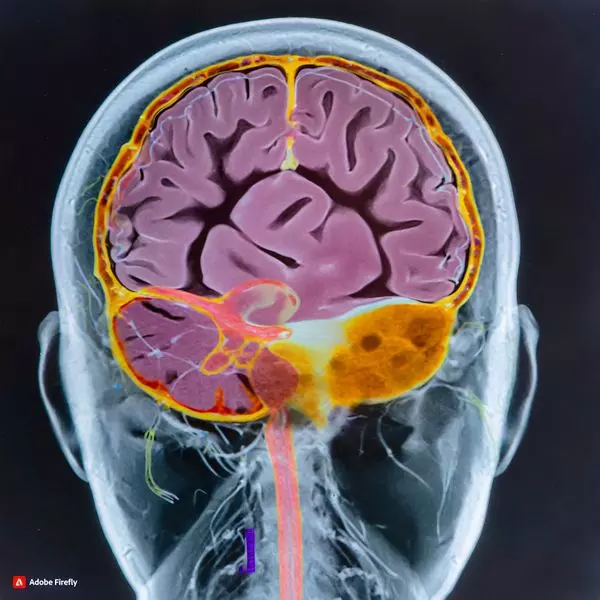Scientists at Georgetown University in the United States have identified the specific brain region responsible for facial recognition in blind individuals. The study focused on the fusiform face area, shedding light on the brain’s remarkable ability to compensate for the loss of vision.
While it’s well-known that blind individuals can adapt and compensate for their visual impairment using other senses, the Georgetown University study aimed to quantify the extent of this compensatory mechanism. Led by Professor Josef Rauschecker from the Department of Neuroscience, the researchers employed a sensory substitution device to convert basic visual patterns into auditory signals.
The specialized device successfully enabled blind participants to recognize basic facial features, such as a happy face emoji, by translating images into sounds. The study, published in the journal PLoS ONE, utilized functional magnetic resonance imaging (fMRI) to pinpoint the brain area responsible for this compensatory plasticity.
Rauschecker emphasized that the findings suggested the development of the fusiform face area did not rely on direct exposure to visual faces but rather on the exposure to the geometric configurations of faces, which could be conveyed through other sensory modalities.
Lead author Paula Plaza, now affiliated with Universidad Andres Bello in Chile, commented, “Our study demonstrates that the fusiform face area encodes the ‘concept’ of a face regardless of input channel or visual experience, which is an important discovery.”
To conduct the study, researchers recruited six blind individuals and ten sighted controls. Both groups underwent practice sessions to learn face recognition through sounds, starting with simple geometrical shapes and progressing to more complex stimuli like houses and faces with varying expressions.
The FMRI scans revealed that in blind participants, the left fusiform face area was activated when recognizing faces through sounds, while in sighted individuals, facial recognition predominantly occurred in the right fusiform face area.
Rauschecker speculated on the left/right difference, suggesting it might be related to how the left and right sides of the fusiform area process faces — either as connected patterns or separate parts. This insight could be crucial in refining sensory substitution devices aimed at assisting the blind.
Also Read: India’s Global Leadership: Annual Conference On Development Priorities Unveiled











